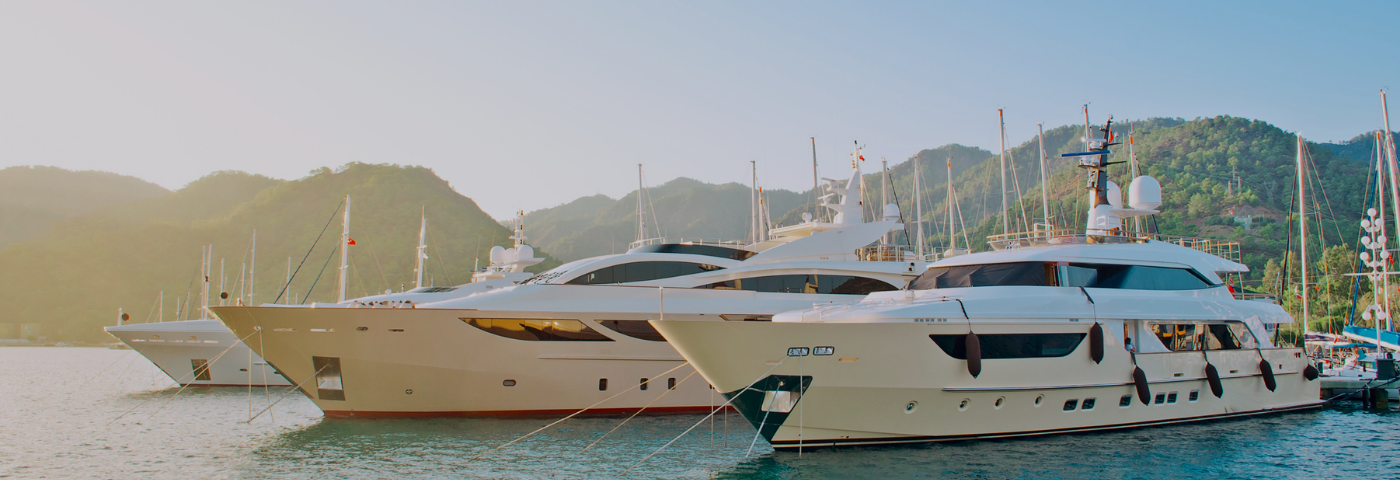This week’s Global Heatmap looks at how COVID-19 will continue to shape HNW individuals travel intentions for the year ahead, and what this means for the luxury travel industry.
A Little Bit About Altiant and the Global Heatmap
ILTM’s Global Heatmap is a new monthly series created by ILTM’s resident consumer analyst, Meryam Schneider of Altiant. Altiant is a fieldwork specialist that empowers insight experts and marketers working within the luxury goods and wealth management industries to gain a deeper understanding of their audience. Each month, Meryam will be drawing insights from a unique HNW sample-set collected through Altiant’s highly-selective proprietary panel, LuxuryOpinions®. In this piece, Meryam will be looking at new data from Q3 2020 taken from Altiant’s quarterly Global Luxury & Asset Management Monitor (GLAM).
A Heavily Impacted Industry
As expected, COVID-19 has led to a noticeable fall in the share of wealthy respondents saying that they had travelled within the past 12 months. From an average of around 86% in 2018 and 2019, this share dropped to 80% in Q2 2020, where it stayed for the past quarter. This figure is likely to drop a little further in the next quarter, and potentially also into early 2021. While some travellers used the relaxing of lockdown rules to make some trips over summer, others are remaining cautious, and are likely to continue doing so in the coming months:
“My family will be renting a yacht for an extended family vacation late summer, so we can limit exposure. But other than that, we won’t be travelling a lot like past summers.” [US, Over-40]
Some Signs of Travel Confidence Returning
COVID-19 has also led to a stark and immediate shift in spending intentions on travel for the year ahead. Pre-2020, the share of wealthy consumers saying they planned to spend more on travel in the year ahead averaged around 45%, with only around 10% saying they planned to cut back. As the virus proliferated in the first half of 2020, the share of global respondents expecting to increase their travel spending fell to 28%, while those planning to cut back jumped to 45%.
Encouragingly, however, there are signs from the Q3 data that optimism might be slowly returning. The share of those cutting back on travel spending fell back to 40%, dropping most among Europeans to just 34%. Meanwhile, 35% of the sample expect to spend more, driven most significantly by Asian respondents (41%). This is a likely reflection of many Asian countries passing through their peak infection periods earlier in the year, and with lockdown restrictions now being more relaxed than in many European countries and American states.
There remains considerable uncertainty as different areas see spikes in COVID-19 cases and are subject to being added to quarantine lists. The prospect of having to self-isolate for two weeks remains a deterrent for many to board a plane. This uncertainty is leading many travellers to holiday domestically, or to a well-connected or short distance of their home. Longer-haul holidays are likely to continue to be hampered until quicker testing, for example at airports, or until a COVID-19 vaccine becomes viable.
“I still want to travel internationally and also go on a cruise. But I may choose a different kind of vacation before those just to be safe.” [US, Over-40]
Green Travelling to Forge Further Ahead
Sustainability is becoming more important for many wealthy consumers. Over the past three quarters, there has been a three percentage point rise in the share of respondents saying that it is ‘very important’ to them that luxury brands commit to sustainable luxury policies. In Q3 2020, 56% stated this, with a further 31% saying it is somewhat important to them. And despite the economic uncertainty following COVID-19, many consumers are still prepared to pay for sustainable luxury. In Q3 2020, 35% of our global sample said they would pay 10% extra for sustainable brands and services, with men the more likely of the two genders to show this willingness (40% vs 30%).
For travel companies, there are opportunities to tap into this green mindset with compelling and credible actions. For hotels, for example, there are many ways of doing this. Some are relatively straightforward and already widely implemented, such as reducing water usage and reusing towels. Others could involve more significant changes such as carbon offsetting, using green fuel to power the venue, or by using food and drink ingredients sourced within close proximity (or on-site).
“I will research carefully if a company acts in a sustainable way and will avoid purchasing services or goods from those that don’t.” [UK respondent, over-40]
An Acceleration of Some Travel Trends
COVID-19 has accelerated certain trends within the travel industry, some of which were already evolving pre-COVID. For example, the concept of flygskam or flight-shaming had been gaining traction prior to the necessary halting of most flights to combat the spread of the virus. In February 2020 – just prior to the global spread – Altiant asked 200 UK and US members of our affluent/HNW panel (100 in each country) about how often they fly. Just over half (51%) of the sample told us that they had not tried to reduce how often I fly and would probably not do so in the future. This figure rose to 63% among the American response (vs 39% in the UK), suggesting that wealthy US travellers were more resistant to cutting back on how often they fly.
However, 30% said that they had not tried to reduce how often they were flying, but would probably try to do so soon (34% UK vs 27% US). For these wealthy travellers, who already appeared to be considering the impact of their flights, COVID-19 could have been a further nudge towards eschewing flights whenever possible. The remaining 19% said that they were already flying less and had adapted their travelling habits, for example using video conferences (27% UK vs 10% US). For these latter two groups, there is a need for travel companies to assuage travel concerns, such as health and impact upon the environment.
The same survey from February 2020 also told us that 25% of our affluent/HNW sample in the UK and US said that they always considered the environment when choosing where to holiday. A further 53% said they sometimes made this consideration. Increasingly, environmental and sustainability factors will evolve from peripheral considerations to fundamentals. The brands which are best positioned, and most credible, in delivering on these factors are particularly well-placed to secure the patronage of wealthy travellers.
How Will This Shape Luxury Travel in the Next Quarters?
Cautious optimism remains a good position for travel operators to adopt in the current climate. There remains a great deal of uncertainty about the duration and virulence of COVID-19, something which will understandably hinder many wealthy individuals’ intentions to travel. Local and shorter-haul destinations are therefore likely to benefit most in the coming quarters. City breaks, particularly those in busy hotspots, may also be shunned as travellers instead seek out more remote locations and privacy, which have become luxuries in themselves.
Rapid testing, for example, having results within 30 minutes, or a vaccine would represent significant progress and provide wealthy travellers with the security and confidence to travel safely again. Nevertheless, the onus remains on travel operators to also play their part, ensuring the highest of standards from a health perspective, but also tapping into considerations such as sustainability and environmentalism.
The sample-set in question is taken from Quarter 3 2020 of Altiant’s GLAM tracker. The sample in Q3 comprised 450+ wealthy consumers from Europe, North America and Asia, with a median household income of $285K.


